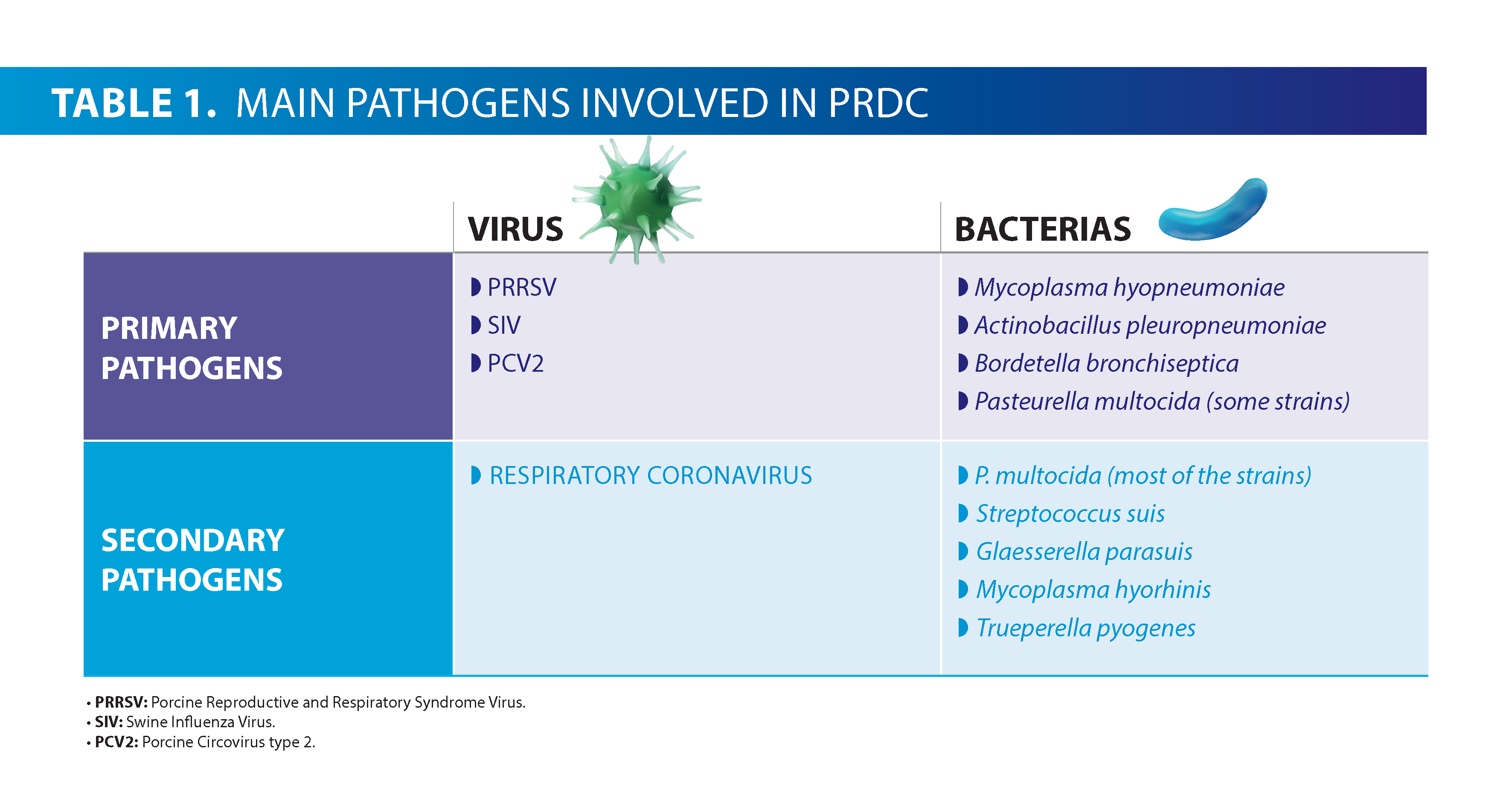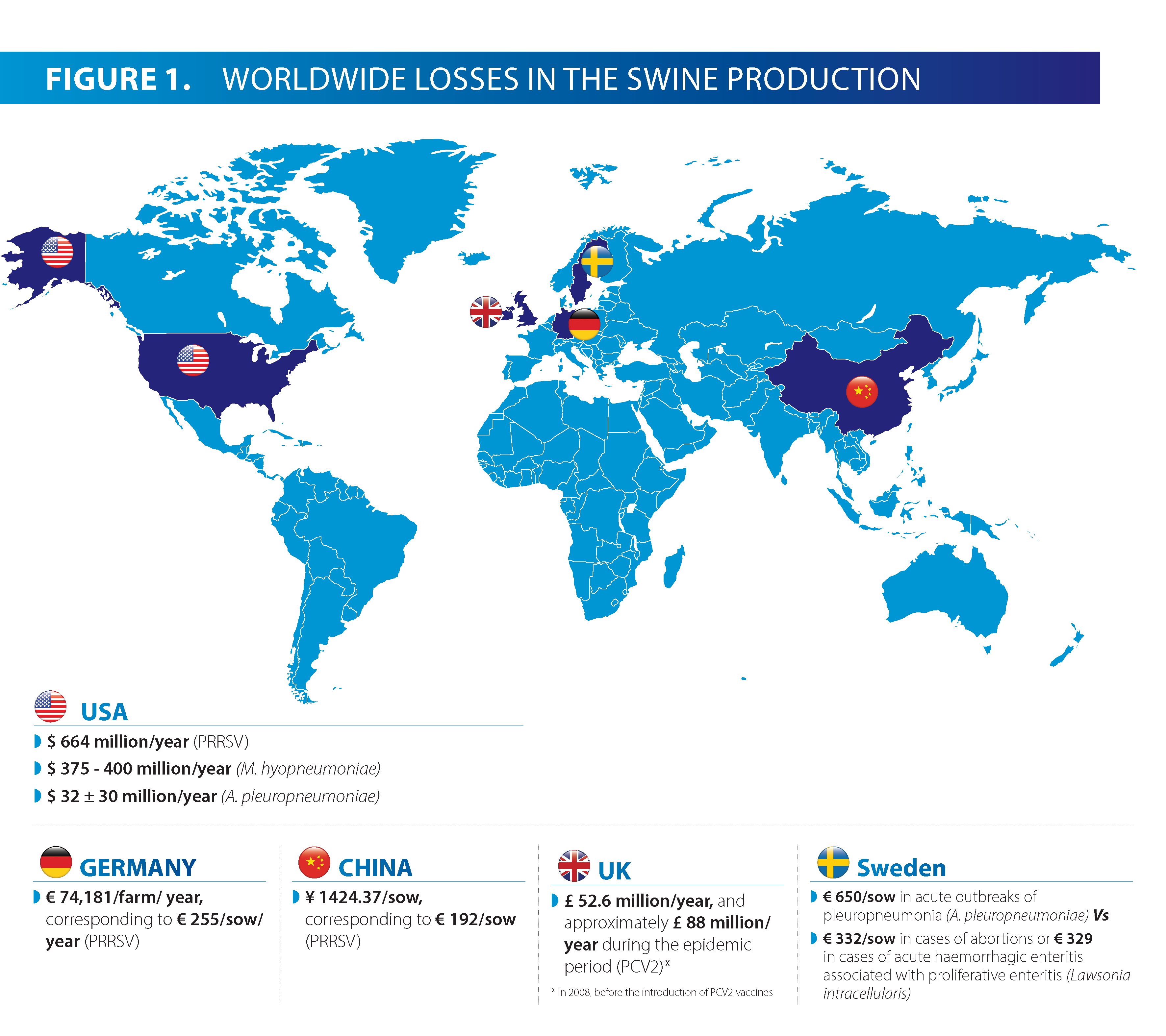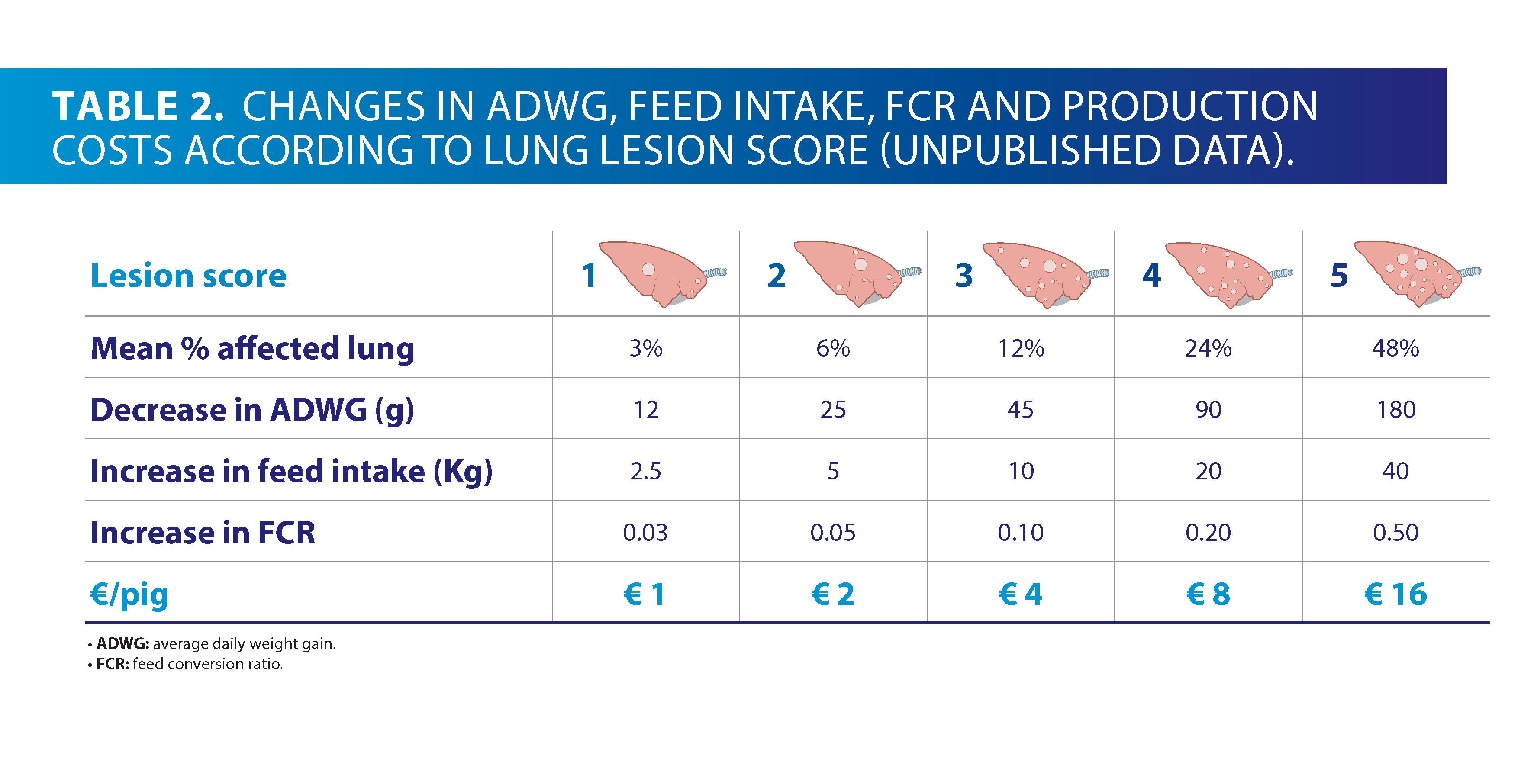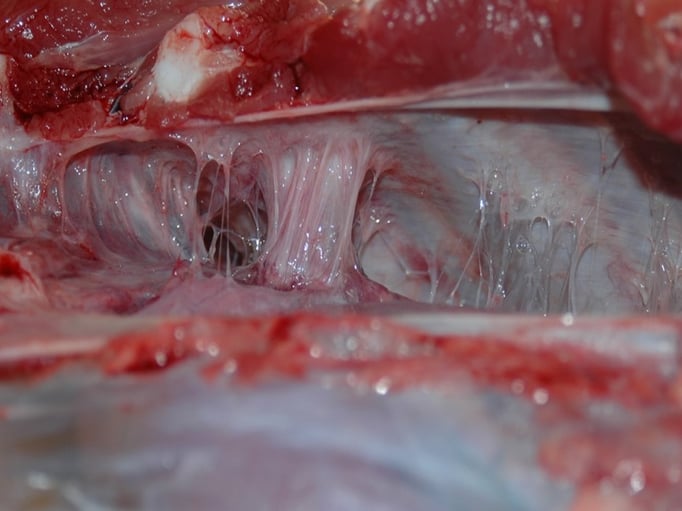Diseases have an undoubted important economic impact for the pig industry worldwide, therefore their control is essential to increase the profitability of farms. Within diseases, respiratory processes are considered to be the ones that generate the highest losses in the swine production. In this article we will review the main agents involved in the so-called Porcine Respiratory Disease Complex (PRDC), how they affect the main productive parameters in pig farms as well as the increase in production costs and the economic losses that they produce.
Francisco J. Pallarés
Department of Anatomy and Comparative Pathology and Toxicology, Pathology and Immunology Group (UCO-PIG), UIC Zoonosis y Enfermedades Emergentes ENZOEM, University of Córdoba, International Excellence Agrifood Campus ‘CeiA3’, 14014 Córdoba, Spain
Porcine Respiratory Disease Complex (PRDC)
Under field conditions, porcine respiratory problems are rarely caused by a single pathogen but by the synergistic action of several pathogens and coinciding with an inadequate management and environmental conditions. That well defines the process known as PRDC.
The main pathogens involved in PRDC are shown in Table 1.

Table 1: Main pathogens involved in PRDC.
Inadequate management and environmental conditions that favor the appearance of respiratory diseases include stressful situations, mixing of animals of different ages, poor ventilation and temperature control, poor hygienic conditions, inadequate disinfection or not practising a strict all-in-all-out management system.
Respiratory diseases vs. other disorders

Figure 1: Worldwide losses in the swine production.
Of all the pathogens affecting pigs, respiratory pathogens are the ones associated with the greatest economic losses, since they cause higher mortality and growth retardation, especially during the fattening period. On a practical level, and although in recent years there has been an increase in diarrheal processes in piglets due to the withdrawal of zinc oxide, most of the cases that come to our diagnostic laboratory are still respiratory processes. In studies carried out in Sweden by Sjölund et al. (2014a, 2014b) and Zoric et al. (2014a; 2014b), who calculated the economic losses associated with respiratory, digestive, reproductive and lameness processes, valuing different diseases and scenarios within each of the groups, respiratory disorders were those associated with the highest incidence in the cost per sow. Acute outbreaks of pleuropneumonia caused by A. pleuropneumoniae could cost approximately € 650 per sow due to high mortality, high incidence of pleurisy and high number of carcasses condemned at the slaughterhouse, compared to € 332 in cases of abortions or € 329 in cases of acute haemorrhagic enteritis associated with proliferative enteritis caused by Lawsonia intracellularis.
One of the pathogens whose economic impact has been most studied is PRRSV, with losses as high as $ 664 million per year in the United States (Holtkamp et al., 2013). In Germany, average losses attributable to PRRSV (Porcine Reproductive and Respiratory Syndrome Virus) were estimated at € 74,181 per farm per year, corresponding to a loss of € 255 per sow per year (Renken et al., 2021). In China, the economic impact of the virus has been quantified at ¥ 1424.37 per sow, which corresponds to approximately € 192 per sow (Zhang et al., 2022). In a study carried out by Nathues et al. (2017), annual losses due to PRRSV ranged from € 75,724 if the farm was slightly affected in nursery and fattening, to a median of € 50,090 if the farm was severely affected at all stages.
Losses associated with M. hyopneumoniae in the United States are second only to those caused by PRRSV and have been estimated at $ 375 to 400 million per year, with an average on-farm finishing loss per marketed pig of $ 5.84 in affected herds. Estimated losses from the combination of PRRSV and M. hyopneumoniae in affected herds are $ 6.69 per marketed pig. In the case of SIV infection, the average loss in finisher in affected herds per marketed pig is $ 3.37 (Holtkkamp, 2014).
PCV2 is the causative agent of porcine circovirus-associated diseases, including respiratory disease, although the process associated with this pathogen that causes the most losses is systemic infection, formerly known as post-weaning multisystemic wasting syndrome (PMWS). The economic impact in England alone for the year 2008, before the introduction of PCV2 vaccines, was estimated at £ 52.6 million per year, and approximately £ 88 million per year during the epidemic period (Alarcon et al., 2013).
In the case of the disease caused by A. pleuropneumoniae, the economic impact of the diagnosis of the bacteria on grower/finisher swine operations accounted for a total annual loss of $ 32 ± 30 million to the United States economy (Losinger et al., 2005).
Alteration of productive parameters
The appearance of lung lesions in respiratory processes (pneumonia and pleurisy) will be reflected in an alteration of productive parameters, and therefore in an increase of production costs. The production parameters most affected in the case of respiratory diseases are growth rate, mortality and medication costs, but they will also have a negative economic effect at the slaughterhouse due to condemnations and carcasses of lower weight.
In a study carried out by our research group (unpublished data) in which lung lesions of almost 200,000 pigs from 221 farms from Spain and Portugal were checked at slaughterhouse, a model was designed to calculate the increase in production costs according to the lung lesion score. The scoring system used was from 0 to 5 points to facilitate its use in slaughterhouses with a slaughter line with a high number of animals per minute. Then the score was translated into percentage of lung affected, and using the relationship between percentage of lung affected by pneumonia and ADWG ( proposed by Straw et al. (1989) and the average costs of production in Spain, it was calculated that with a score of 1 there was a decrease in ADWG of 12 g, an increase in feed consumption of 2.5 kg and an increase in FCR (feed conversion ratio) of 0.03, resulting in an increase in production costs of approximately € 1 per pig. With score 2 the increase in production costs was about € 2, € 4 with score 3, € 8 with score 4 and € 16 with score 5 (Table 2).

Graphic 2: Changes in ADWG, feed intake, FCR and production costs according to lung lesion score (unpublished data).
The action of primary bacterial agents by themselves, such as A. pleuropneumoniae, or of opportunistic bacteria following the action of a primary agent (virus or mycoplasma) in respiratory processes also entail the use of antimicrobials that lead to an additional increase in medication costs on the farm. The global swine respiratory diseases treatment market size is expected to reach a valuation of $ 2.0 billion by the end of 2022, and a valuation of $ 3.6 billion by the end of 2032. Mycoplasma is the leading causative agent in the swine respiratory diseases treatment market, with a share of approximately 35.2% in 2021 (Future Market insights, 2022).
Infection by bacterial agents that cause the appearance of fibrin on the pleural surface of the lung, such as A. pleuropneumoniae, P. multocida, S. suis or M. hyorhinis, will lead to fibrous pleurisy when the process becomes chronic, which will also result in the presence of adhesions between the visceral and parietal pleura (Figure 2). Pleurisy prevalence from 12 to 41% has been reported in different European countries (Tucker, 2013). Sorensen et al. (2014) estimated that a 16% increase in the frequency of occurrence of this lesion has a cost of € 0.1 per pig. In a study conducted by Rocha et al. (2022) on the negative economic impact of the presence of pleurisy in the export of processed carcasses, carried out in a Brazilian slaughterhouse with 4,000 pigs slaughtered per day, the economic losses calculated in this company alone, due to carcasses unfit to export, were quantified at $ 115,028.51.

Figure 2: Fibrous adhesion between the visceral and parietal pleura (chronic fibrous pleurisy).
Another important consequence of the appearance of chronic pleurisy is the condemnation of carcasses at the slaughterhouse. In addition to the economic loss due to the kg of carcass lost, there is also the increase in labor required to process them and the increase in the cost of disposal at the slaughterhouse, which means an increase in processing costs. Percentages of carcass condemnations due to pleurisy have been quantified at 21.2% in a study carried out in Portugal (Garcia-Diez and Coelho, 2014).
You can find the details of the impact on production parameters in the last article: Losses due to PRDC
